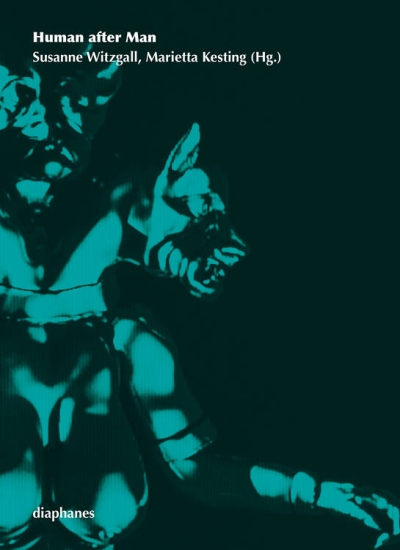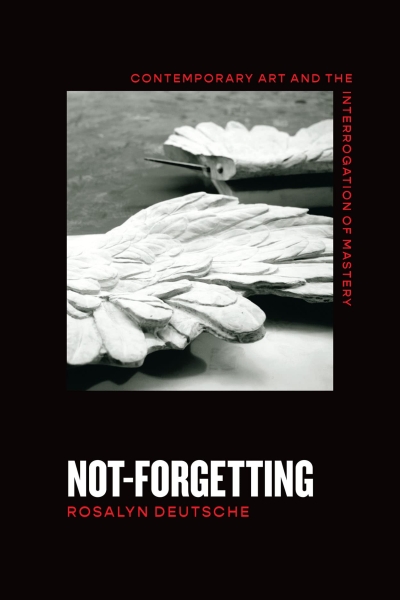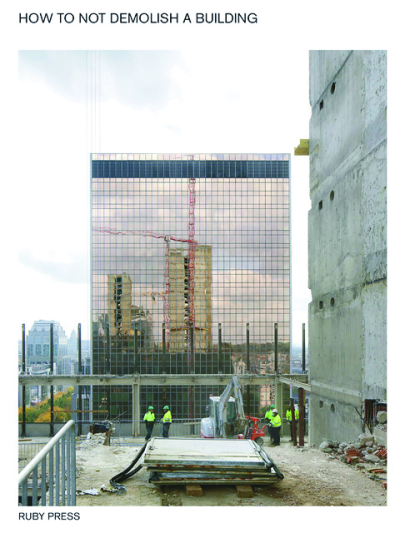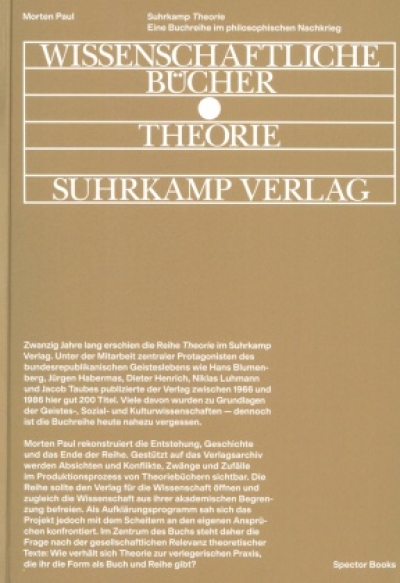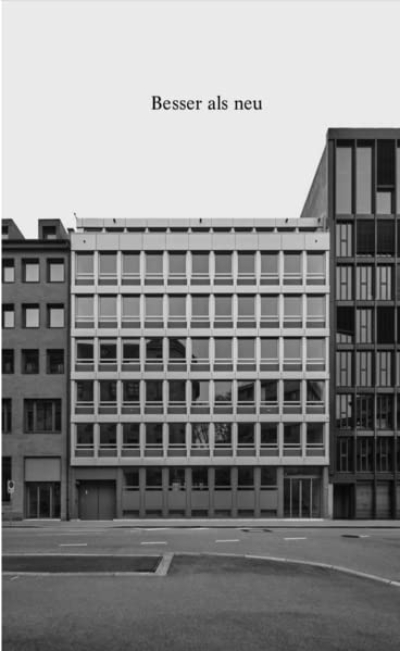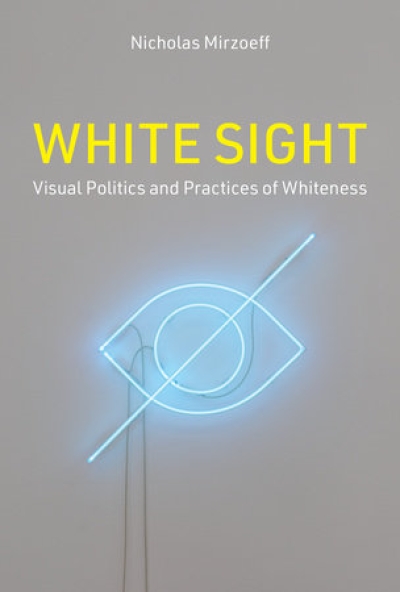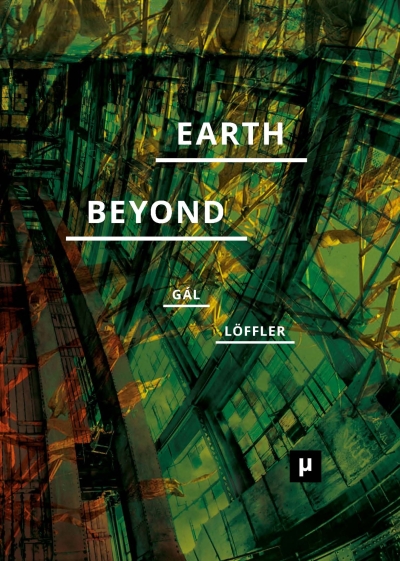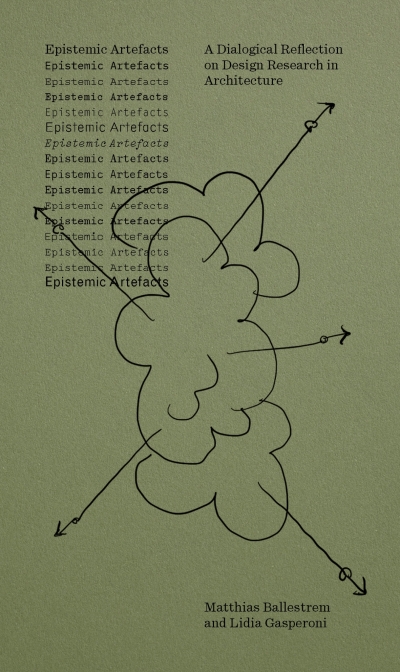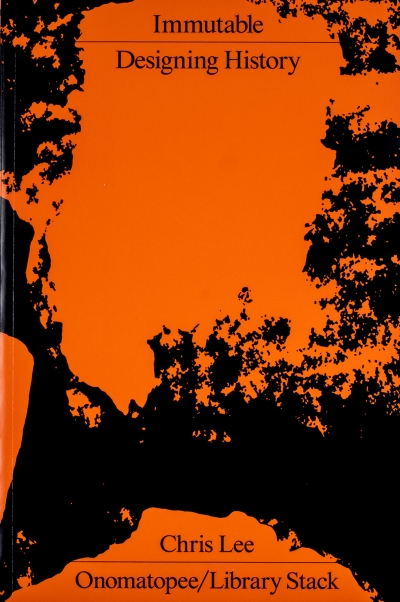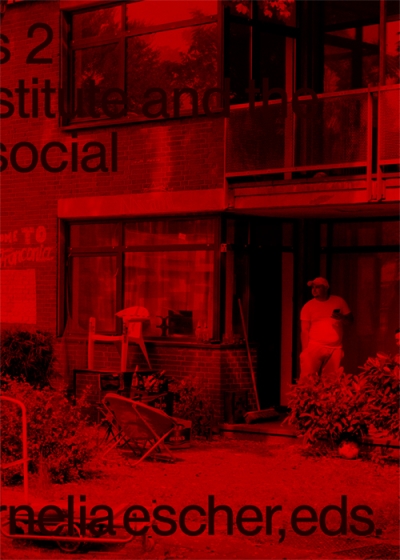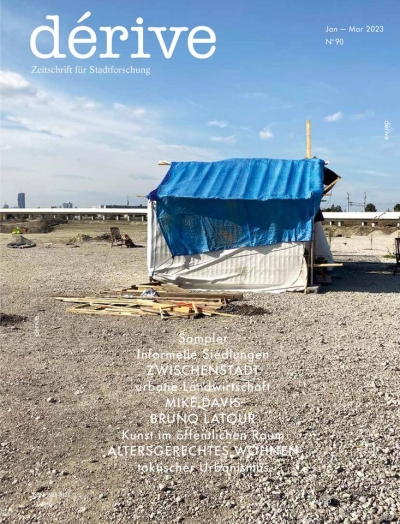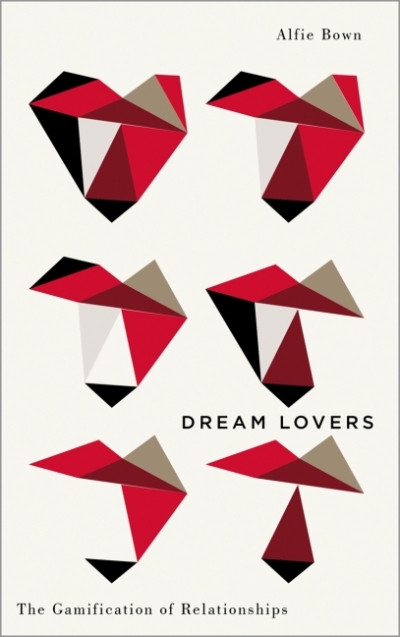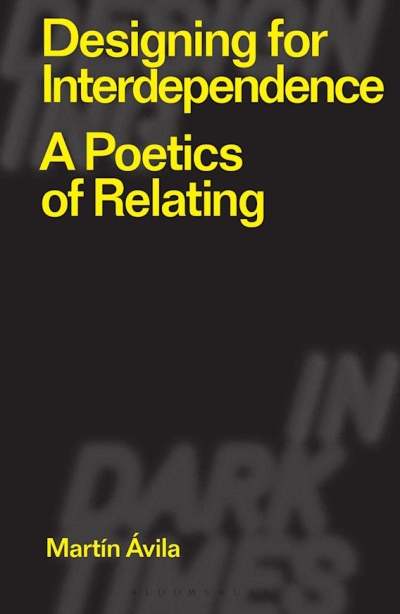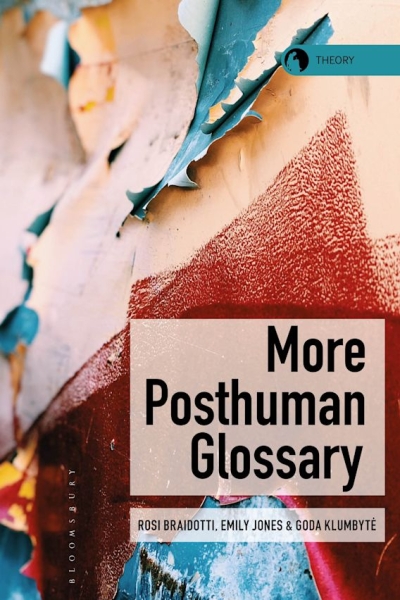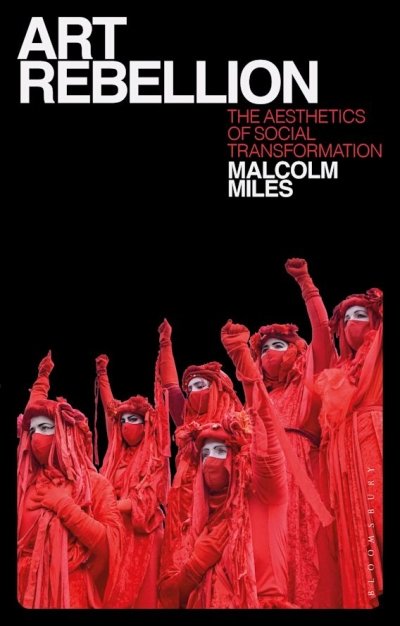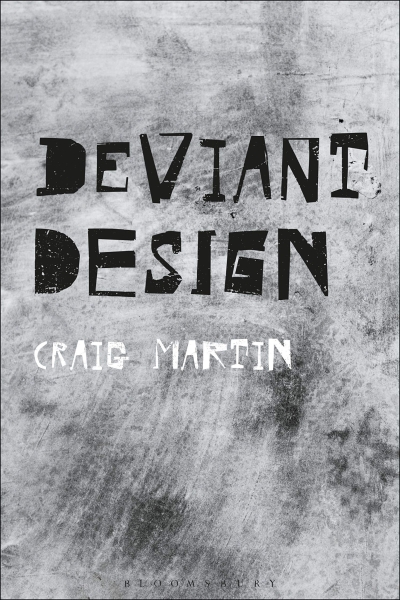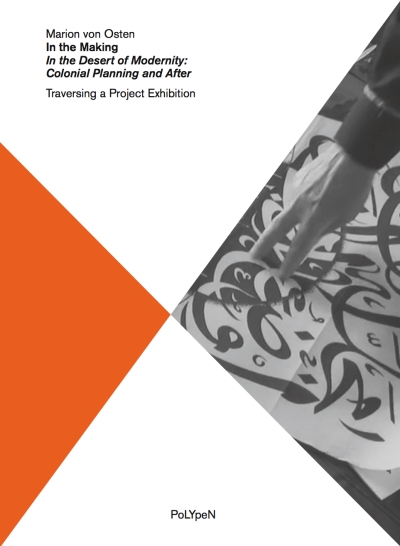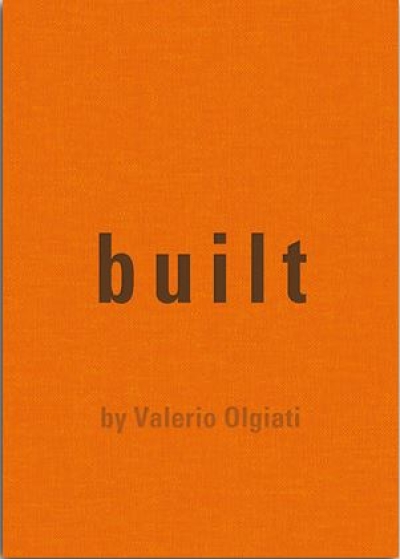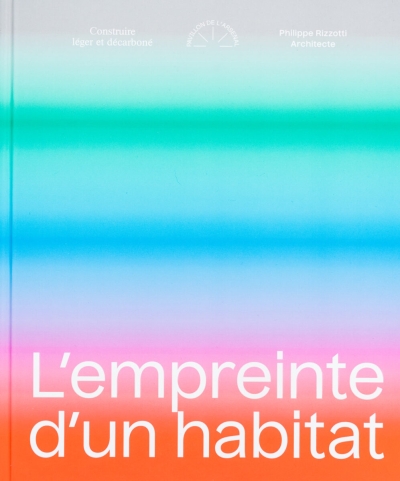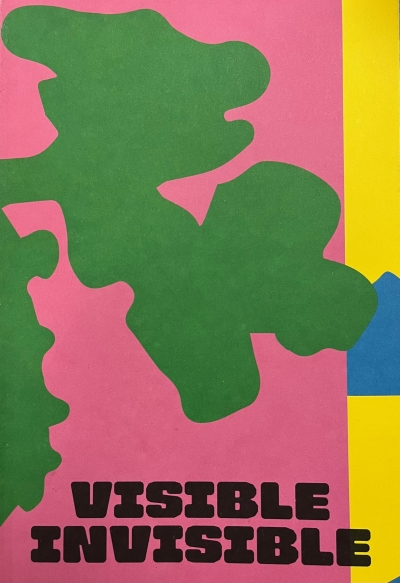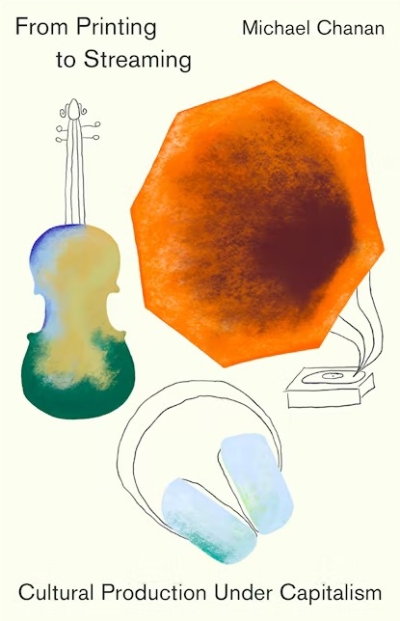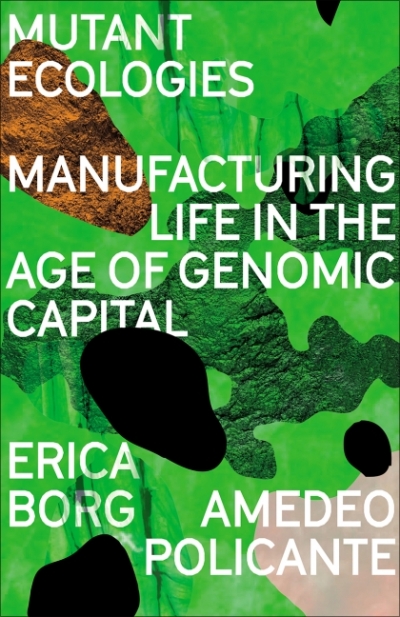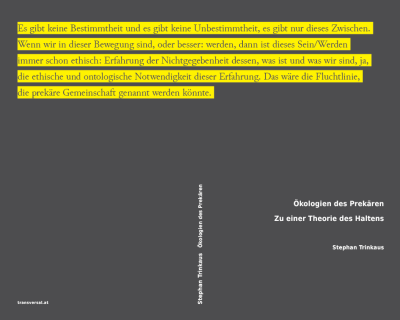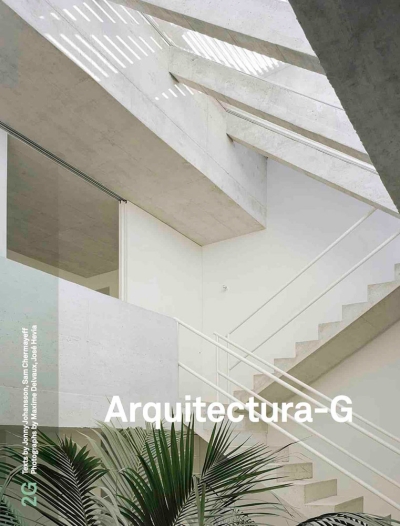Anke Graneß
Philosophie in Afrika. Herausforderungen einer globalen…
gerade nicht auf Lager
Nancy Fraser
Der Allesfresser. Wie der Kapitalismus seine eigenen…
Susanne Witzgall, Marietta Kesting (Hg.)
Human after Man
gerade nicht auf Lager
Reinier de Graaf
architect, verb. The New Language of Building
gerade nicht auf Lager
Rosalyn Deutsche
Not-Forgetting. Contemporary Art and the Interrogation of…
gerade nicht auf Lager
Rafi Segal, Marisa Morán Jahn
Design & Solidarity. Conversations on Collective…
gerade nicht auf Lager
51N4E (Hg.)
How to not demolish a Building
gerade nicht auf Lager
Morten Paul
Suhrkamp Theorie. Eine Buchreihe im philosophischen…
David Vaner, Ilka Ruby (Hg.)
Besser als neu
Helen Thomas (Ed.)
Architecture in Islamic Countries. Selections from the…
gerade nicht auf Lager
Carolin Amlinger, Oliver Nachtwey
Gekränkte Freiheit. Aspekte des libertären Autoritarismus
gerade nicht auf Lager
Nicholas Mirzoeff
White Sight. Visual Politics and Practices of Whiteness
gerade nicht auf Lager
Brandon LaBelle (Ed.)
Radical Sympathy
Réka Patrícia Gál, Petra Löffler
Earth and Beyond in Tumultuous Times. A Critical Atlas of…
Matthias Ballestrem and Lidia Gasperoni…
Epistemic Artefacts. A Dialogical Reflection on Design…
gerade nicht auf Lager
Chris Lee
Immutable. Designing History
common room, Cornelia Escher
Negotiating Ungers 2 - The Oberhausen Institute and the…
gerade nicht auf Lager
Gülşah Stapel
Recht auf Erbe in der Migrationsgesellschaft
gerade nicht auf Lager
James Bridle
Die unfassbare Vielfalt des Seins
Beatrice Lampariello, Andrea Anselmo,…
UFO. Unidentified Flying Object for Contemporary…
dérive
dérive N° 90, Sampler (Jan-Mar/2023)
gerade nicht auf Lager
Mojca Kumerdej (Ed.)
New Extractivism
gerade nicht auf Lager
Alfie Bown
Dream Lovers. The Gamification of Relationships
Steven Warwick
Notes on Evil. Steven Warwick
Martín Ávila
Designing for Interdependence. A Poetics of Relating
gerade nicht auf Lager
Rosi Braidotti, Emily Jones, Goda…
More Posthuman Glossary
gerade nicht auf Lager
Malcolm Miles
Art Rebellion. The Aesthetics of Social Transformation
gerade nicht auf Lager
Jennifer Kaufmann-Buhler, Victoria…
Design History Beyond the Canon
gerade nicht auf Lager
Laurene Vaughan
Designing Cultures of Care
gerade nicht auf Lager
Deborah Ascher Barnstone
The Color of Modernism. Paints, Pigments, and the…
Craig Martin
Deviant Design. The Ad Hoc, the Illicit, the Controversial
Felix Stalder, Janez Fakin Jansa (eds)
From Commons to NFTs
Marion von Osten, Tyna Fritschy
Marion von Osten: Knüppel aus dem Sack. Tyna Fritschy: Das…
Andreas Butter, Thomas Flierl (Hg.)
Architekturexport DDR. Zwischen Sansibar und Halensee
gerade nicht auf Lager
Sabeth Buchmann, Susanne Leeb, Peter…
Marion von Osten. In the Making: "In the Desert of…
Valerio Olgiati
Built
Junius Frey, Yuk Hui
Kosmotechnik und Kommunismus
Birgit Schneider
Der Anfang einer neuen Welt. Wie wir den Klimawandel…
Dimitra Kondylatou, David Bergé (Eds.)
Public Health in Crisis. Confined in the Aegean Archipelago
Redaktion Protocol
Protocol 13. Adrenalin
gerade nicht auf Lager
Pavillion de Arsenal, Paris
L'Empreinte de l'habitat / Housing Footprint
gerade nicht auf Lager
Nicolas Dorval Bory, Guillaume Ramillien
Visible, Invisible
gerade nicht auf Lager
Michael Chanan
From Printing to Streaming. Cultural Production under…
gerade nicht auf Lager
Erica Borg, Amedeo Policante
Mutant Ecologies. Manufacturing Life in the Age of Genomic…
Deborah Fehlmann, Astrid Staufer (Hg.)
Wohnen im Einklang. Strategien zum Bauen im Lärm auf…
Stephan Trinkaus
Ökologien des Prekären. Zu einer Theorie des Haltens
Edited by Moises Puente. Introduction…
2G 86. Arquitectura-G
gerade nicht auf Lager
Marie-France Rafael
Passing Images. Kunst in post-digitalen Zeiten
Isabell Lorey
Democracy in the Political Present. A Queer-Feminist Theory
gerade nicht auf Lager
Alexandra Schauer
Mensch ohne Welt. Eine Soziologie spätmoderner…
gerade nicht auf Lager
Laura Tripaldi
Parallel Minds. Discovering the Intelligence of Materials
Ashley Dawson
Aussterben. Eine radikale Geschichte
Evi D. Sampanikou, Jan Stasienko (ed.)
Posthuman Studies Reader. Core Readings on Transhumanism,…
gerade nicht auf Lager
Mindy Seu (ed.)
Cyberfeminism Index
gerade nicht auf Lager
Maria Muhle
Mimetische Milieus. Eine Ästhetik der Reproduktion
gerade nicht auf Lager
David Grubbs
Good night the pleasure was ours.
Nicholas Thoburn
Brutalism as Found. Housing, Form, and Crisis at Robin Hood…
Andreas Schätzke
Verzweigte Moderne. Beiträge zur Architektur des 20.…
gerade nicht auf Lager
Kuba Szreder
The ABC of the projectariat
Judith Butler
What World Is This? A Pandemic Phenomenology
gerade nicht auf Lager
Andrew M. Shanken
The Everyday Life of Memorials
gerade nicht auf Lager
Doreen Massey (Eds.: David Featherstone…
Selected Political Writings
Gwendolyn Owens, Philip Ursprung (Eds.)
Gordon Matta-Clark. An Archival Sourcebook
Wolfgang Thöner, Karoline Lemke (Hg.)
Bauhaus. Sprachrohr der Studierenden. Organ der Kostufra.…
gerade nicht auf Lager
Carolin Overhoff Ferreira
Dekoloniale Kunstgeschichte. Eine methodische Einführung
Das Synagogen Projekt. Zum Wiederaufbau von Synagogen in…
gerade nicht auf Lager
Ramon Amaro
The Black Technical Object. On Machine Learning and the…
Magdalena Jadwiga Härtelova
It Is: You Appeared Once. A Story about Potential…
Bénédicte Ramade
Vers un art anthropocène
Cache
Ware Reinheit. Cache 02
gerade nicht auf Lager
Brandon Labelle (Hg)
The Listening Biennial Reader. Vol. 1: Waves of Listening
Arch+ Zeitschrift für Architektur und…
Arch+ 250.The Great Repair. Politiken einer…
Gleb Albert, Brigitta Bernet, Svenja…
Im Krieg. Ukraine, Belarus, Russland. Geschichte der…
Hermann Funke
Architekturkritiken 1962-2003. Hermann Funke
Stephanie Herold, Harald Engler,…
Das Kollektiv. Formen und Vorstellungen gemeinschaftlicher…
gerade nicht auf Lager
Achille Mbembe, Felwine Sarr (eds)
To Write the Africa World
Angela McRobbie, Daniel Strutt,…
Fashion as Creative Economy. Micro-Enterprises in London,…
Amit Prasad
Science Studies Meets Colonialism
gerade nicht auf Lager
Guillaume Blanc
The Invention of Green Colonialism
IDEA Magazine
IDEA 400. Graphic Design Recollections & Records:…
gerade nicht auf Lager
Nathaniel Marcus
Breathing Room. A dialogue with Lakuti & Tama Sumo. Ein…
gerade nicht auf Lager
Jörg Schröder, Riccarda Cappeller,…
Circular Design. Towards Regenerative Territories
gerade nicht auf Lager
Álvaro Sevilla-Buitrago
Against the Commons: A Radical History of Urban Planning
gerade nicht auf Lager
Donika Luzhnica & Jonas König (ed.)
Prishtina in 53 Buildings
Elena Biserna (Ed)
Walking from Scores
gerade nicht auf Lager
Tsvetelina Hristova, Brett Neilson and…
Data Farms. Circuits, Labour, Territory
Lenka Veselá (Ed.)
Synthetic Becoming
gerade nicht auf Lager
Stavros Stavrides, Penny Travlou (Eds)
Housing as Commons. Housing Alternatives as Response to the…
Christiane Rösinger
Was jetzt kommt. Christiane Rösinger. Ausgewählte Songtexte
gerade nicht auf Lager
Pier Vittorio Aureli, Martino Tattara
Dogma. Living and Working
gerade nicht auf Lager
Baburov, Djumenton, Gutnov, Kharitonova…
The Ideal Communist City
gerade nicht auf Lager
Briana J. Smith
Free Berlin. Art, Urban Politics, and Everyday Life
Hg. Oliver Clemens, Jesko Fezer, Kim…
An Architektur Archive
gerade nicht auf Lager
Christian Dehli, Andrea Grolimund
Kazuo Shinohara: The Umbrella House Project
DeForrest Brown, Jr.
Assembling a Black Counter Culture
George Papam, Phevos Kallitsis, David…
The Beach Machine. Making and Operating the Mediterranean…
gerade nicht auf Lager
Yuma Shinohara, Andreas Ruby (Hg.)
Make Do With Now: New directions in Japanese Architecture
Zara Pfeifer
ICC Berlin. Zara Pfeifer



